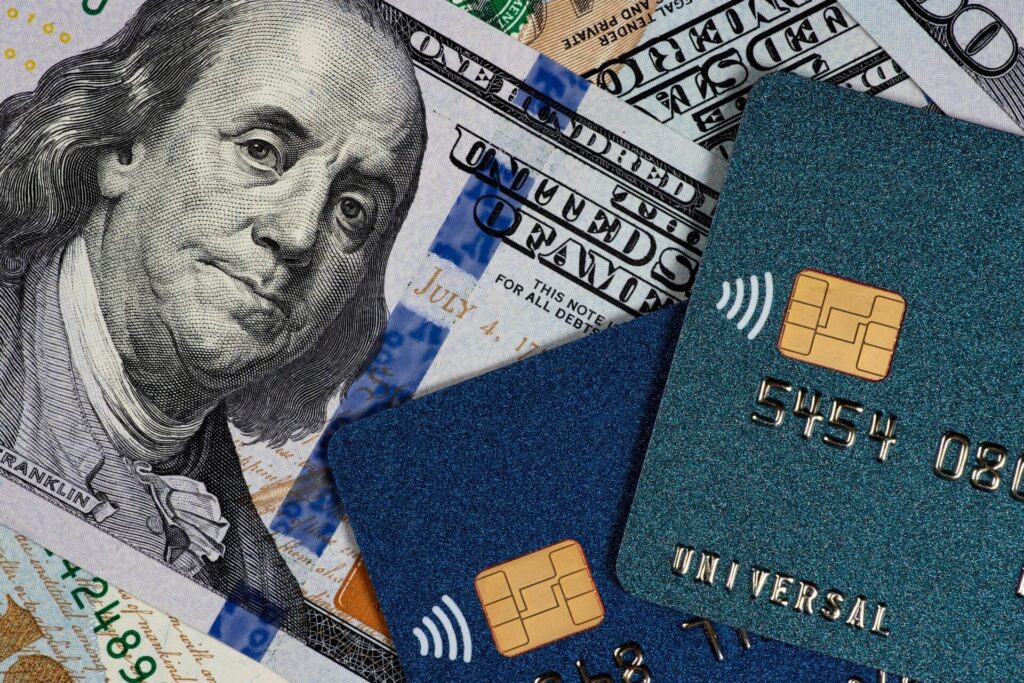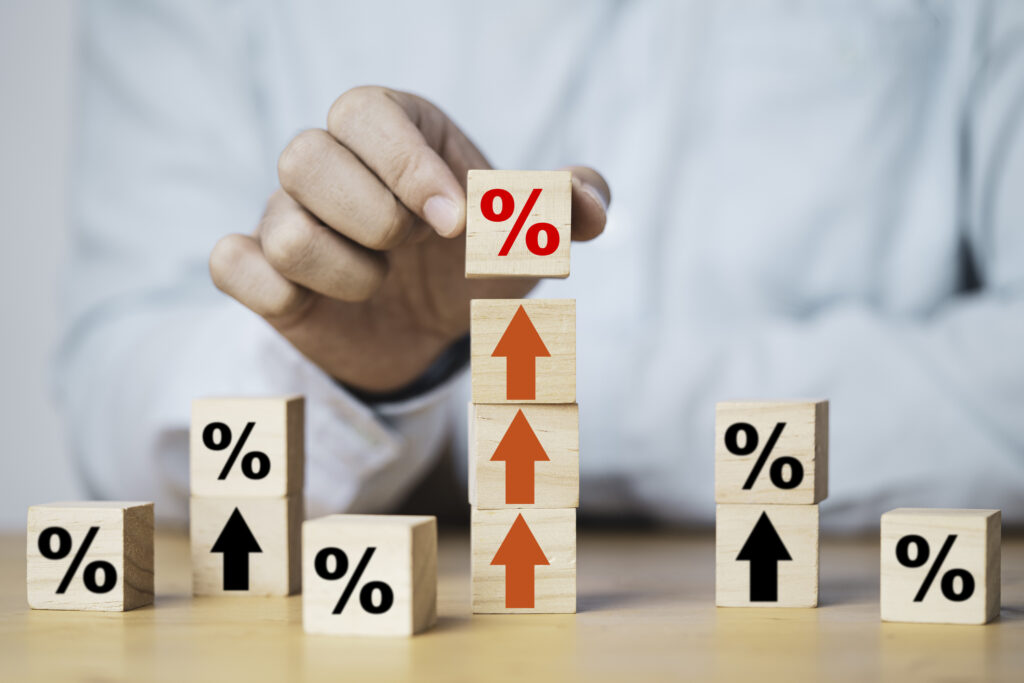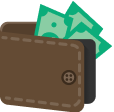A credit card cash advance sounds simple: swipe your card, get cash. But there’s a little more to it—and that “easy” money can come with some very not-easy fees.
Here’s what to know before you hit the ATM.
What is a credit card cash advance?
It’s when you use your credit card to get physical cash, either from an ATM or at a bank. The money comes from your card’s available credit—not your checking account—so it’s basically a short-term loan.
Why people use it
- Need quick access to cash
- Emergency expense that doesn’t accept cards (like rent or a tow truck)
- No savings buffer available
Totally understandable reasons—but it’s important to know what you’re agreeing to.
The downsides (and why it gets pricey fast)
- High interest rates. Cash advance APRs are usually higher than your regular purchase rate—and they kick in immediately.
- No grace period. Unlike purchases, there’s no interest-free window. Interest starts accruing the second you take out the cash.
- Cash advance fee. Usually 3% to 5% of the amount withdrawn, often with a $5–$10 minimum.
- ATM or bank fees. If you’re using a machine outside your bank, expect extra charges there too.
Example:
Take out $200? You could owe:
- $10 fee (5%)
- Immediate interest (let’s say 25% APR)
- Possibly $3–5 more in ATM charges
That quick $200 could cost you $20–$30+ if not repaid fast.
When it might make sense
- You’re in a true emergency with no other options
- You can repay it almost immediately
- You’ve confirmed it’s cheaper than alternatives like payday loans or overdraft fees
TL;DR
A credit card cash advance isn’t always a terrible move—but it’s rarely a great one. Use it only if you’ve ruled out other options and can pay it back quickly. Better yet? Plan ahead so you (hopefully) never have to.
Brigit does not provide personalized financial, investment, or legal advice. This content is for general informational purposes only and should not be relied upon as financial advice.










